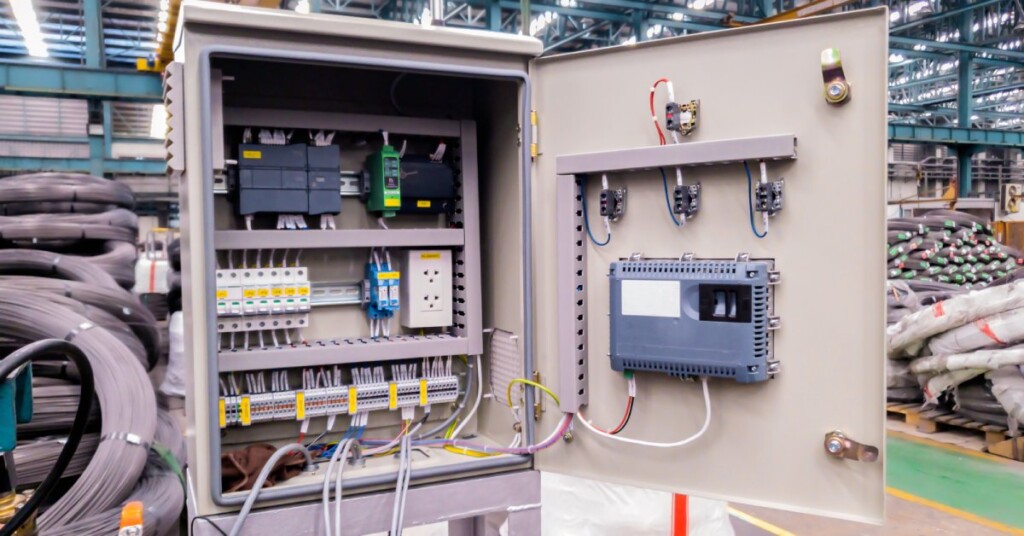Ensuring the safety and durability of electrical components in industrial settings is crucial. This is where enclosures come into play, serving as protective barriers that shield delicate electrical systems from external elements.
For industrial and electric enclosures, UL and NEMA ratings are essential to assure the safety and capability of the enclosures. Many of these enclosures will have NEMA and UL ratings, but what do these mean, and why are they separate? Below, we’ll explain what they are the differences between UL- and NEMA-rated enclosures.
UL-Rated Enclosures Explained
Underwriters Laboratories (UL) is a leading safety certification organization that establishes stringent standards for product safety and performance. UL-rated enclosures ensure protection for electrical components by preventing electrical shock, containing fires, and enduring environmental stresses.
For instance, a UL Type 1 enclosure is for indoor use with basic dust and light protection, while a UL Type 4 enclosure is for outdoor environments, offering enhanced protection against water spray and corrosive conditions. Understanding these ratings helps professionals choose the right enclosure for optimal safety and performance in their applications.
NEMA-Rated Enclosures Explained
The National Electrical Manufacturers Association (NEMA) establishes standards for enclosures based on their ability to endure various environmental conditions, with ratings to classify protective properties. NEMA ratings indicate an enclosure’s resistance to dust, water, corrosive agents, and mechanical impacts, aiding professionals in selecting suitable enclosures for specific applications.
For example, a NEMA Type 1 enclosure offers basic indoor protection, while a NEMA Type 4X enclosure is for outdoor environments, providing robust defense against water, corrosive substances, and extreme weather. Understanding these ratings enables professionals to make informed decisions regarding protection of electrical components.
Comparing UL-Rated vs. NEMA-Rated Enclosures
Now that we understand these ratings, we can better understand the differences between UL and NEMA-rated enclosures. While both UL and NEMA ratings serve to classify enclosures based on their protective properties, they differ in their focus and application. UL ratings primarily address safety concerns, ensuring that enclosures meet specific safety standards to protect against electrical hazards.
NEMA ratings, on the other hand, emphasize environmental protection, classifying enclosures based on their ability to withstand various external conditions. In practical terms, this means that a UL-rated enclosure may prioritize safety features such as fire containment and electrical insulation, while a NEMA-rated enclosure may focus on protection against dust, water, and corrosive agents. However, it is essential to note that many enclosures can meet both UL and NEMA standards, providing comprehensive protection for electrical components.
Get UL- and NEMA-Rated Enclosures at Sytech
Understanding UL and NEMA ratings for enclosures is vital for electrical engineers to understand each one’s protective properties. If you need a UL- or NEMA-rated custom sheet metal enclosure, Sytech is here to help.
Our expert team and state-of-the-art facilities can create UL and NEMA-rated enclosures in multiple classifications so you can get an enclosure ideal for your setting. Learn more online and request a quote for our enclosure fabrication services or contact our staff to learn more about our capabilities and electrical enclosures today.
